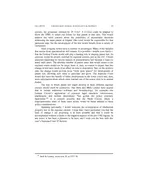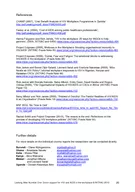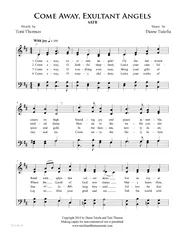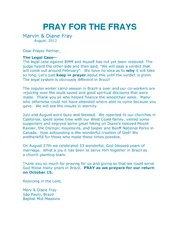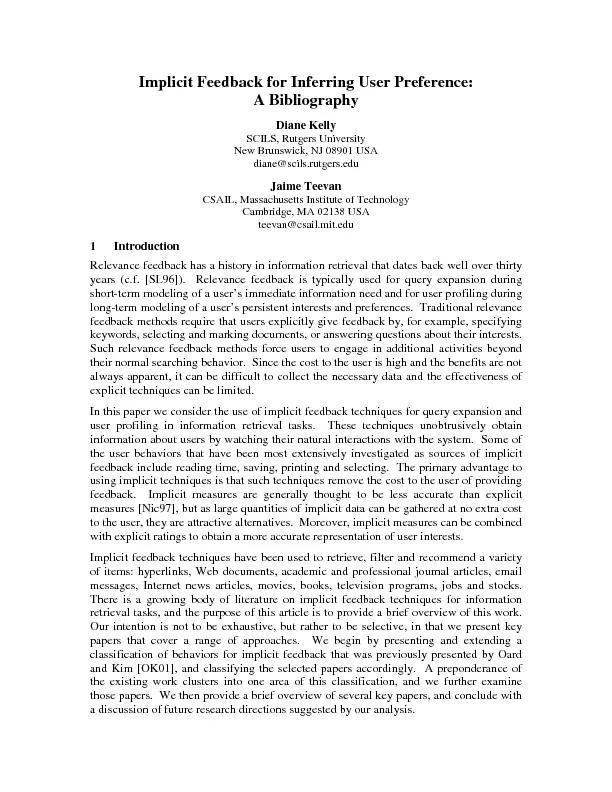PPT-Diane Chapeta
Author : faustina-dinatale | Published Date : 2017-07-19
Illinois Farm to School Network Salad Bar 101 Fruit and Veggie Only Salad Bar Full Meal Salad Bar with protein and grains No two salad bars are alike Vegetable SubGroups
Presentation Embed Code
Download Presentation
Download Presentation The PPT/PDF document "Diane Chapeta" is the property of its rightful owner. Permission is granted to download and print the materials on this website for personal, non-commercial use only, and to display it on your personal computer provided you do not modify the materials and that you retain all copyright notices contained in the materials. By downloading content from our website, you accept the terms of this agreement.
Diane Chapeta: Transcript
Download Rules Of Document
"Diane Chapeta"The content belongs to its owner. You may download and print it for personal use, without modification, and keep all copyright notices. By downloading, you agree to these terms.
Related Documents


